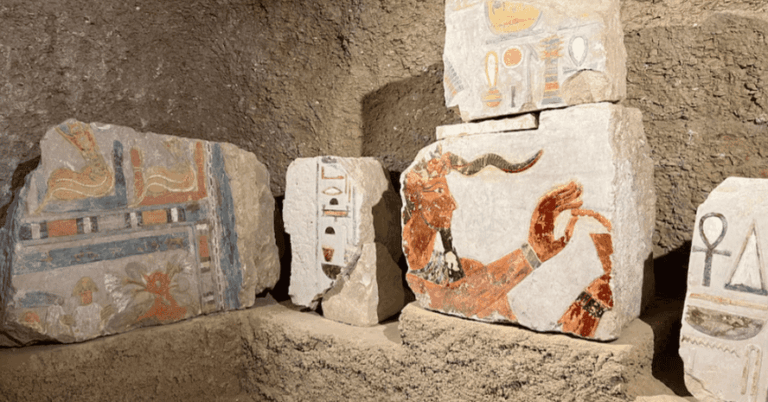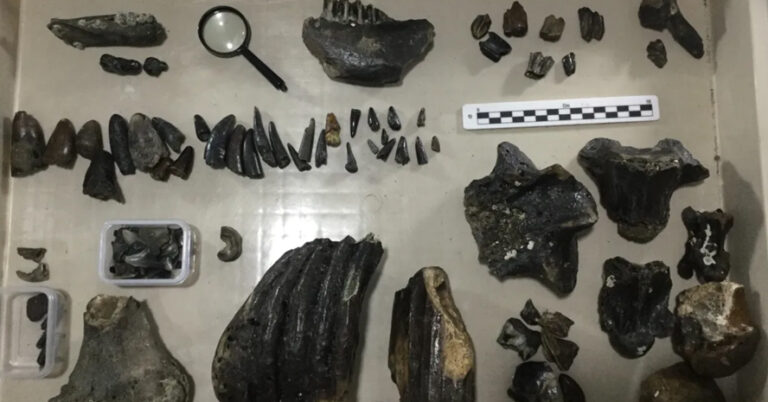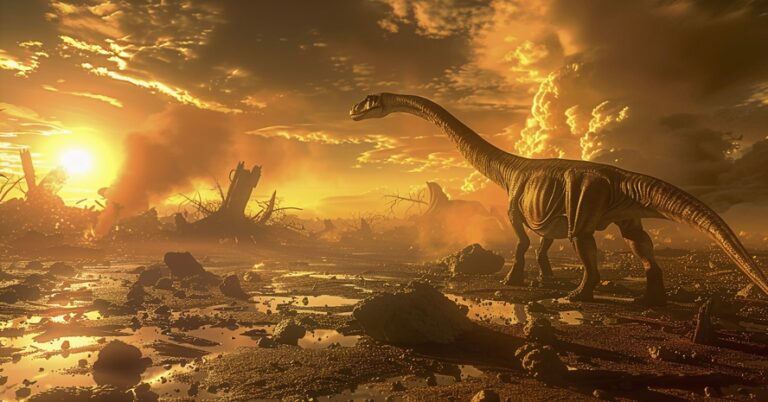The idea of lost civilizations sparks the imagination—and sometimes, science catches up to the stories. While legends like Atlantis and El Dorado have long stolen the spotlight, real sites with enormous historical potential are being discovered right now. From dense jungles to remote valleys, these five locations might help rewrite the early chapters of human history.
1. Ocomtún, Mexico: A Maya City Hidden in Plain Sight
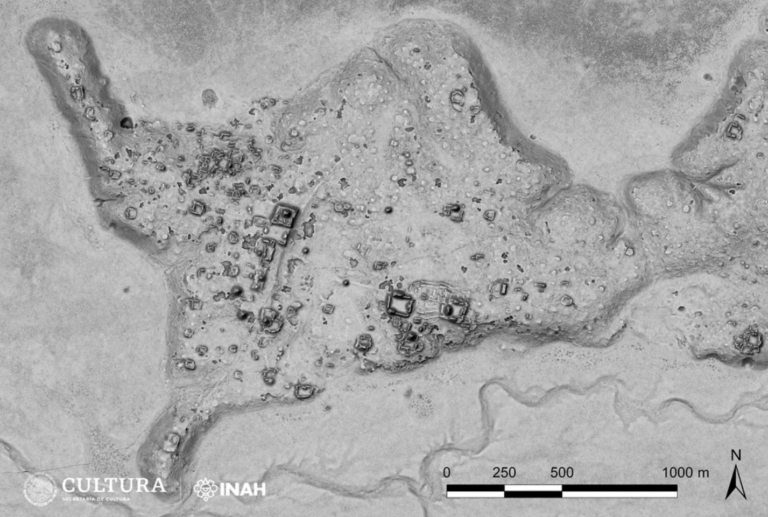
In 2023, archaeologists stumbled upon Ocomtún in Mexico’s Yucatán Peninsula thanks to advanced LiDAR scanning. Buried beneath thick jungle, this Maya city includes large pyramids, ceremonial plazas, and roadways connecting it to other ancient centers. It is estimated to have peaked between 600 and 800 CE, but little is known about this society. With major structures still unexplored, Ocomtún could offer key insights into the rise, and fall, of Maya civilization in the region.
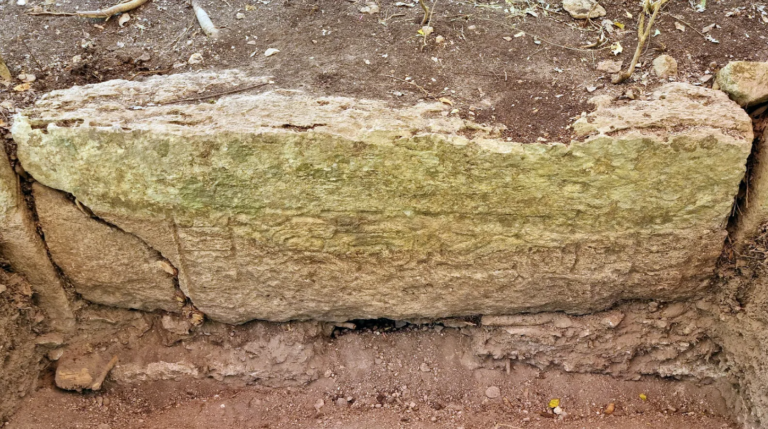
Relief carvings in a block found in Ocumtún in Campeche state, Mexico
Credit: Ivan Ṡprajc
2. Valeriana, Mexico: A Massive Maya Metropolis Lost to Time
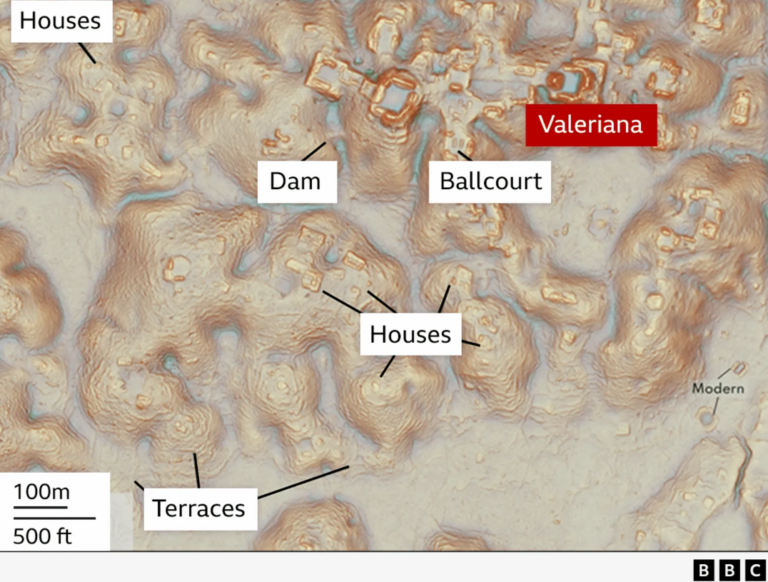
Found just one year later in 2024, Valeriana may be one of the largest Maya cities ever uncovered. It covers over 47 square miles and includes thousands of buildings: ball courts, pyramids, reservoirs, and more. Despite the massive scale of this city, no historical record ever found mentions it. How did such a vast city disappear from memory? Excavation here might reveal how this ancient Maya city traded before fading back into the jungle.
3. Upano Valley, Ecuador: Cities of the Ancient Amazon
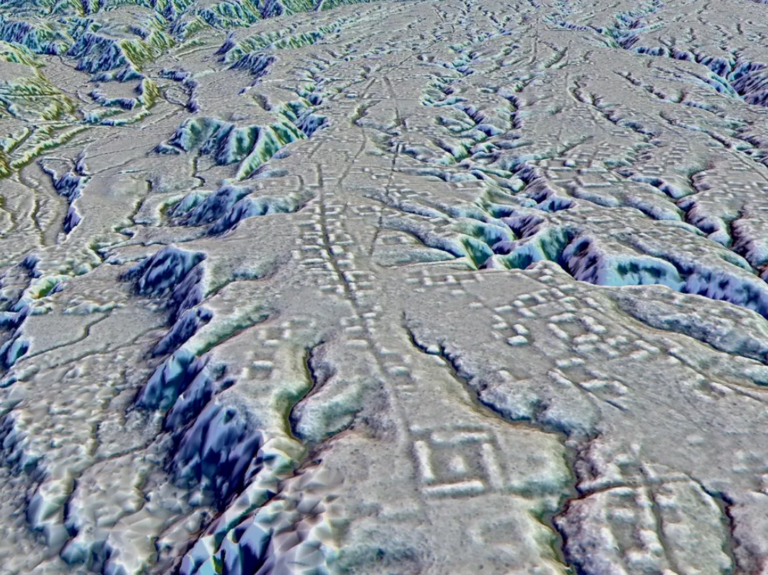
In early 2024, a major breakthrough came from Ecuador’s Upano Valley. Researchers using LiDAR uncovered what appear to be ancient cities, complete with road systems and agricultural terraces. The structures may date back as far as 500 BCE. For decades, most experts thought the Amazon could only support small, scattered groups. But these findings challenge that view—and suggest that larger, more organized societies may have flourished here much earlier than anyone expected.
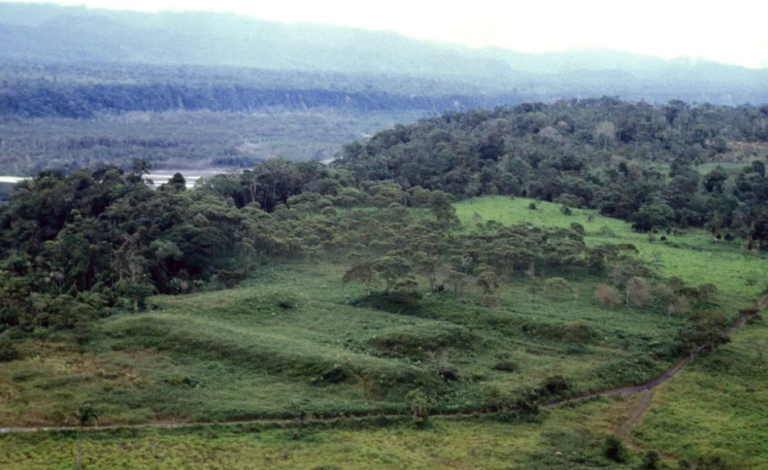
Could these be the remnants of the long-rumored “lost cities” of the Amazon? Excavations here could revolutionize our understanding of pre-Columbian South America.
4. El Mirador, Guatemala: A Maya City Older Than the Rest

Photo Credit: Geoff Gallice
Long known to researchers but still largely unexcavated, El Mirador is one of the oldest and largest Maya cities ever found. Dating back to around 1000 BCE, it predates better-known sites like Tikal. Massive pyramid complexes and engineered water systems reveal a sophisticated culture.
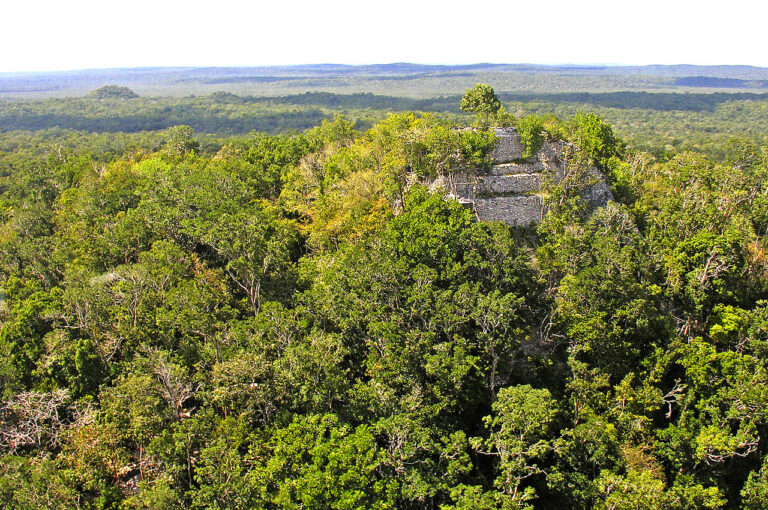
Photo Credit: Dennis G. Jarvis
Because of its age and scale, El Mirador might help fill in gaps about how the Maya world began—and how early city-building spread across Mesoamerica.
5. Target One (T1), Honduras: Is the White City Real?

Deep in the Honduran jungle, researchers discovered an untouched archaeological zone in 2013 using LiDAR. Known as Target One (T1), the site may be linked to the legend of Ciudad Blanca—the mysterious “White City” mentioned in indigenous folklore. While T1 hasn’t been excavated yet, preliminary surveys revealed plazas, mounds, and possible public buildings hidden under centuries of overgrowth. Whether it’s a lost culture or something entirely new, this site could offer a rare, pristine look into Central America’s unknown past.
These five places remind us how much we still don’t know about ancient civilizations. With each new scan, and each new exploration, the story of human history gets a little more complex, and a lot more exciting.


